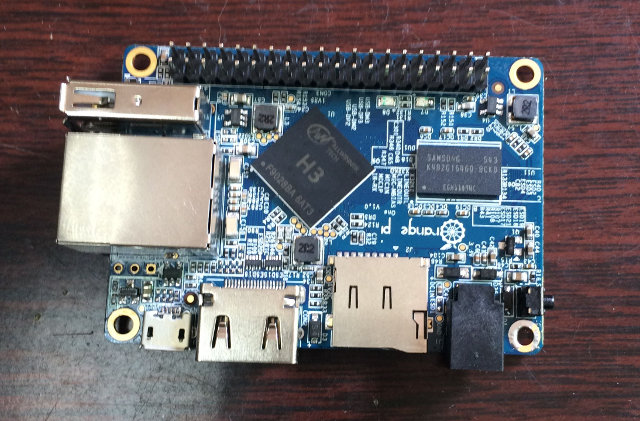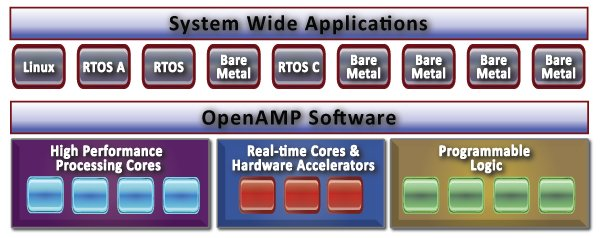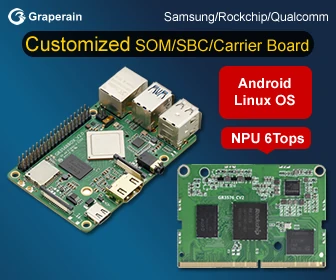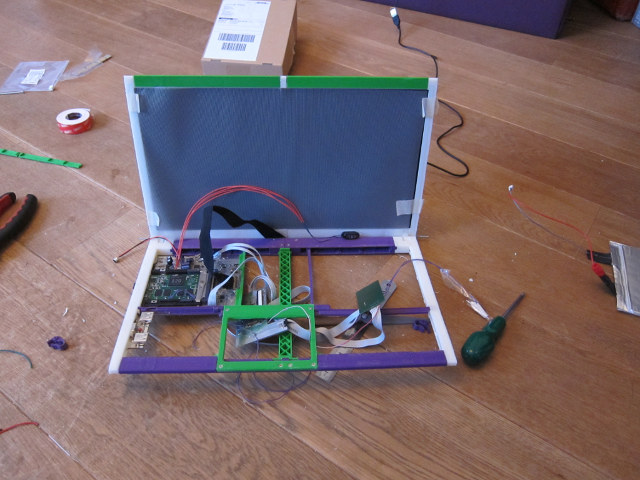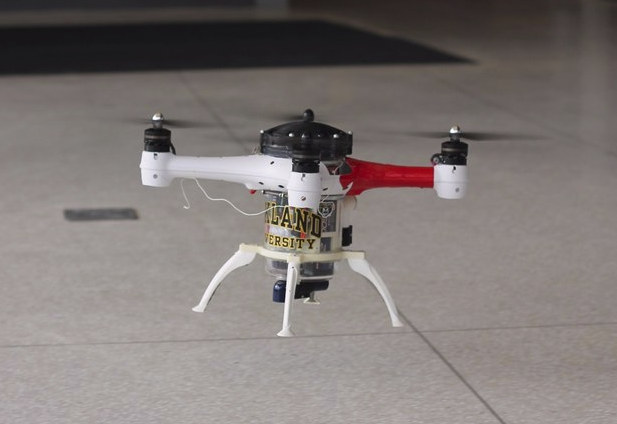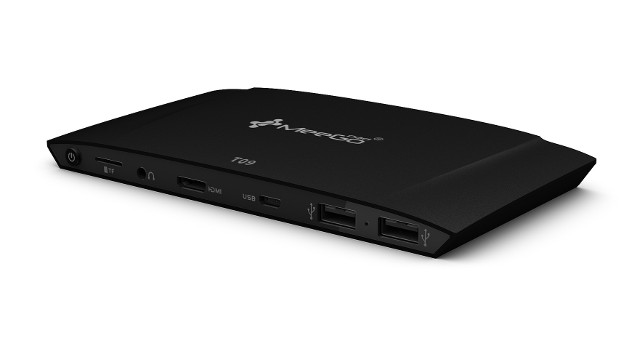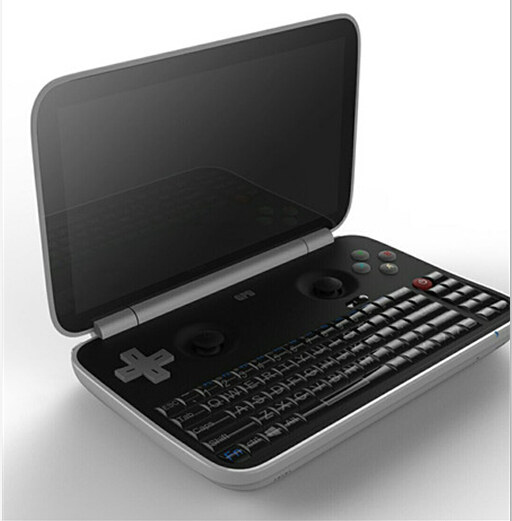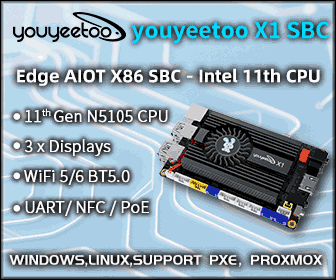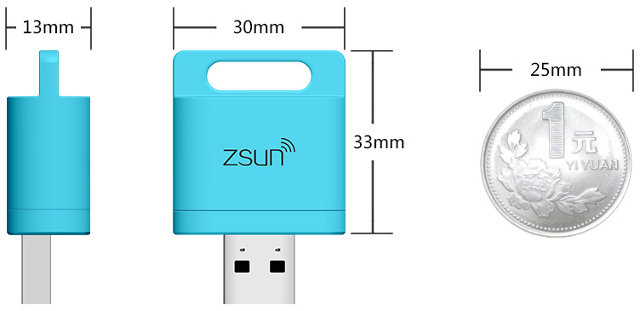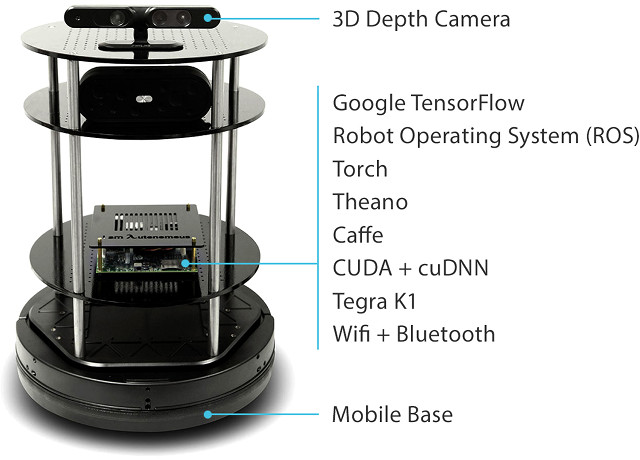Orange Pi One board was unveiled at the end of last year as a cheaper alternative to Orange Pi PC with Allwinner H3 quad core processor, 512 MB RAM, an Ethernet Port and HDMI output. I’ve already compared it to C.H.I.P and Raspberry Pi Zero, and found that it was both much more powerful and cheaper to use as an Internet connected board with HDMI output than the two more well-known competitors. The good news is that Orange Pi One is now selling for $9.99 + shipping on Aliexpress, which in my case would be $13.38 in total. Orange Pi One technical specifications: SoC – Allwinner H3 quad core Cortex A7 @ 1.2 GHz with an ARM Mali-400MP2 GPU up to 600 MHz System Memory – 512 MB DDR3 Storage – micro SD card slot Video & Audio Output – HDMI with CEC support Connectivity – 10/100M Ethernet USB -1x […]
OpenAMP Open Source Framework Provides the Glue between Linux, RTOS, and Bare Metal Apps in Heterogeneous SoCs
SoCs becoming more complex, and go beyond homogeneous multicore systems by mixing different type of cores such as high performance cores, low power real-time cores, or even FPGA fabric. Examples include NXP i.MX6 SoloX with an ARM Cortex A9 core for Linux apps, and an ARM Cortex M4 core for real-time tasks, or Xilinx Zynq UltraScale+ MPSoC with Cortex A53 core for higher level apps, Cortex R5 cores for real-time processing, and Ultrascale FPGA logic. All these different cores are running their own Linux based OS, real-time operating system or bare metal application, and all this makes software development an even greater difficult tasks. In order to reduce the complexity, and address some of the issues, the Multicore Association has launched a new working group targeting the management, expansion, and standardization of OpenAMP (Open Asymmetric Multi Processing), an open source framework that allows operating systems to interact within a broad […]
Rhombus Tech 15.6″ Libre Laptop is User-Upgradeable with EOMA68 CPU Cards
When the first Raspberry Pi model launched, there was just not enough boards to fill the demand, and as people kept waiting they were also investigating alternatives, and a growing community worked on Allwinner based platforms. At the time (2012), the main hardware project was EOMA68 CPU card using a PCMCIA connector, with ended up inside Improv development board, and aimed at providing user replaceable and upgradeable CPU cards. Sadly the initiative got some issues, and things did not quite work out as expected, but the person who launched the whole project, Luke Kenneth Casson Leighton (LKCL), did not give up on the idea, and has kept on working on EOMA68 standard with CPU cards from Allwinner and other SoC vendors. Recently, he’s been working on a Libre Laptop based on an Allwinner A20 EOMA68 CPU module, and will showcase the prototype at FOSDEM 2016 in Brussels this coming week-end. […]
Loon Copter is a Drone that Flies, Floats and Dives Underwater
Most drones simply fly, while some robots can dive underwater, but Loon Copter, a project by Oakland University’s Embedded Systems Research Laboratory, can fly, float on the water, and dive underwater just like a duck, hence its name. I could not find much technical details about the drone, but since I discovered it via Atmel on Google+, I assume some soon-to-be Microchip AVR MCUs might be involved. It flies like any quadcopter, then it can land on water and move sideways with the blades rotating in the air. The submerged mode is interesting. The drone fills itself with water until the blades are under water, and then rotates 90 degrees to roam in the water. Once it’s done it ejects the water to get back to the surface. The drone is also equipped with camera and sensors to explore its surroundings. Some potential applications include underwater survey of corals or […]
MeegoPad T09 Cherry Trail mini PC Features a USB Type C Port with DisplayPort, Data & Power Capabilities
MeegoPad T01 was one of the first Intel based TV Stick, having launched months before Intel’s own Compute Stick, and over the last couple of years, the company has introduced a dozen of Intel Bay Trail and Cherry Trail mini PCs and TV Sticks. MeegoPad has now unveiled three new Cherry Trail devices with MeegoPad T09, MeegoPad T10, and T05 Pro. While the last two models look more of the same with MeegoPad T10 mini PC, and MeegoPad T05 Pro TV stick powered by Intel Atom x5 processors with 2 to 4GB RAM, and 32 to 128 GB storage, I find MeegoPad T09 more interesting with a thin form factor with an Ethernet port, and a USB type C connector that supports data at USB 2.0 speeds, DisplayPort over USB-C, and USB Power Delivery. MeegoPad T09 specifications: SoC – Intel Atom x5-Z8300 or x5-Z8500 quad core processor with Intel 12EU […]
GPD HK is Working on a Windows 10 Portable Game Console Powered by Intel Atom x5-Z8500 SoC
GPD and JXD are two companies specializing in portable game consoles, and in recent years, they seem to have focused on ARM based platforms running Android, but GPD has consulted with Dingoonity community (registration required to access pictures) for an upcoming Windows 10 hand-held console powered by Intel Atom x5-Z8500 processor. The company has also released preliminary specifications: SoC – Intel Atom x5-Z8500 / Z8550 quad-core Cherry Trail processor System Memory – 4GB RAM Storage – 64GB eMMC flash (It could change to 32 or 128GB however) + micro SD slot up to 128GB Display – 5.5″ capacitive touch screen; 1280×720 resolution; Corning Gorilla Glass 3; In-Cell technology. Video Output- micro HDMI Audio Output – micro HDMI + 3.5mm headset jack Connectivity – WiFi and Bluetooth USB – 1x USB Type-C port, 1x USB 3.0 host Battery – 6000 mAh non-removable Li-Po battery, good for 6 to 8 hours of […]
Zsun Wifi Card Reader Can Now Run OpenWrt
Zsun Wifi card reader is a tiny micro SD card reader with WiFi connectivity, and while people managed to access the device serial console a few months ago, the plan was to eventually run OpenWrt since it’s based on the popular Atheros AR9331 WiSoC combined with 64MB RAM and 16MB SPI Flash. It would also be one the smallest OpenWrt capable device with dimensions of 30 x 33 mm. A team of Polish managed this feat, and have now posted instructions to install OpenWrt, as well as other documentation, for example a description of the board’s GPIOs. There are four methods to flash OpenWrt: Solder on an Ethernet jack and flash from the original uboot (hard but safe) Reflash the bootloader from the original firmware to one that supports upload over serial (less soldering but fatal if you mess up) Reflash the firmware from the original firmware using mtd_write (easy […]
Autonomous Deep Learning Robot Features Nvidia Jetson TK1 Board, a 3D Camera, and More
Autonomous, a US company that makes smart products such as smart desks, virtual reality kits and autonomous robots, has recently introduced a deep learning robot that comes with a 3D camera, speaker and microphone, Jetson TK1 board, and a mobile base. The robot appears to be mostly made of the shelves parts: 3D Depth camera – Asus Xtion Pro 3D Depth Camera Speaker & Microphone Nvidia Jetson TK1 PM375 board – Nvidia Terra K1 quad-core Cortex A15 processor @ 2.3 GHz with a 192-core Kepler GPU, 2GB RAM, 16 GB flash Kobuki Mobile Base – Kobuki is the best mobile base designed for education and research on state of the art robotics. Kobuki provides power supplies for external computer power as well as additional sensors and actuators. Its highly accurate odometry, amended by calibrated gyroscope, enables precise navigation. The robot is designed for research in deep learning and mobile robotics, […]


